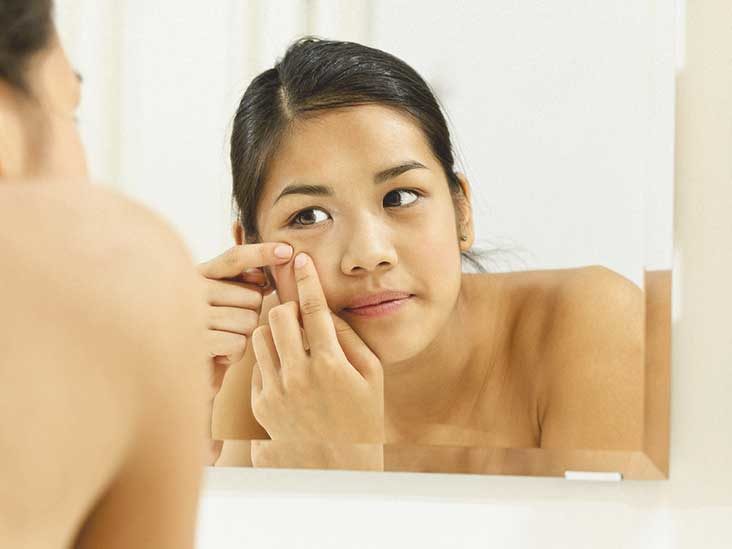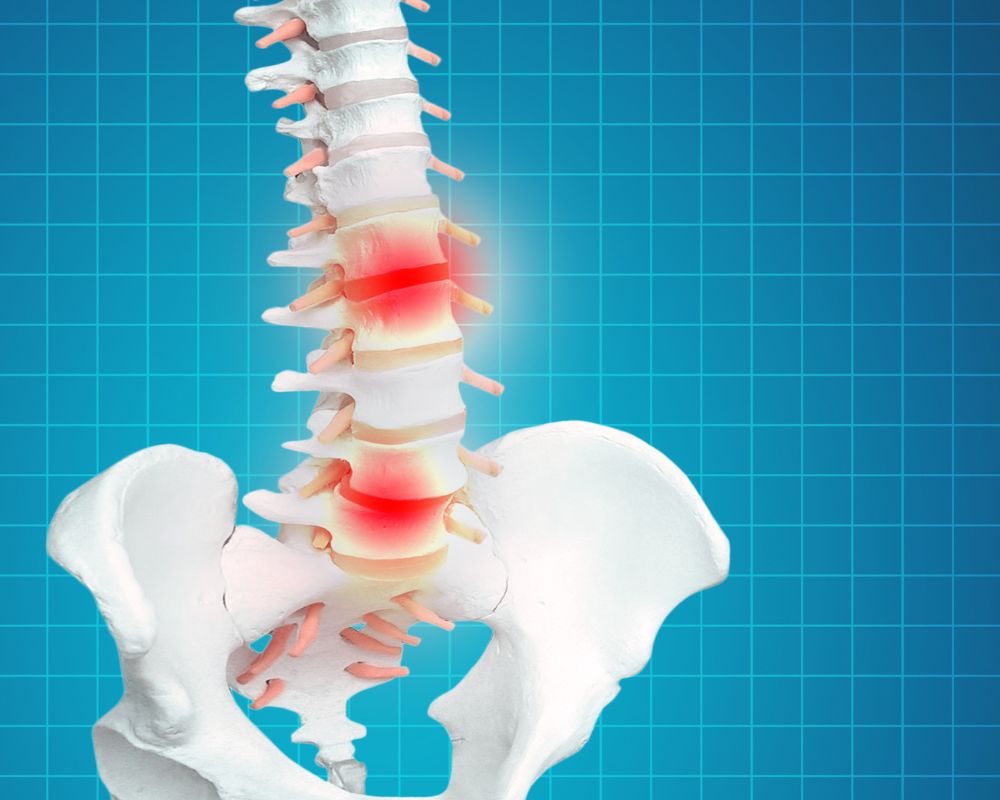Cysts are fluid-filled sacs of membranous tissue. These sacs can be of different types, with different contents and appearing in different locations. Most cysts are benign, but can rarely become cancerous. The cysts we are concerned about in particular are known as sebaceous cysts, or epidermal cysts, and acne cysts. Skin cysts such as these are generally harmless, and don’t require specific treatment.
Acne cysts are the result of regular acne pimples or zits becoming irritated. These pimples occur because pores get blocked due to a build-up of oil or dust. An acne cyst appears as a large squishy growth under the skin.
Epidermal cysts can develop around the shoulders, chest, genitals, face, neck and behind the ears. These cysts are the product of keratin-producing cells not moving up the layers of skin, and multiplying. This results in a sac that is constantly being filled with keratin, which appears as the yellow pus you see oozing out of the cyst.
Though not a danger, you may still want to treat your cyst, maybe because it is painful, or too prominent. If you seek treatment, we recommend consulting a Dermatologist in Lahore.
Other Causes of Epidermal Cysts
The most common cause of epidermal cysts is the blocking or damaging of either the sebaceous gland (that which produces the oily substance secreted on skin) or its duct. However, there are other potential causes as well.
First, it must also be said that the damage to the sebaceous gland or duct, resulting in the cyst, can be caused by physical trauma, such as a surgical wound or scratch. This trauma could have occurred months before the cyst develops enough to be noticeable.
Having a history of overactive acne during your youth, means the risk of developing a cyst is higher.
The other potential causes of these cysts include:
- Inherited genetic conditions such as Gardner’s Syndrome
- A deformed or misshapen sebaceous gland duct
Complications
Skin cysts can potentially become infected, and may appear red. They can also appear white due to a lot of pus being present.
Other than infections, cysts generally do not have any major complications. The only other concern is the rare occurrence of the cyst moving deeper into the skin and affecting underlying tissue. This results in a hard, fixed lump under the skin.
Treatments and Remedies
If any cysts are infected, here are some of the steps you can take to manage it and prevent it from being aggravated:
- Ensuring that the cyst is kept clean by washing regularly
- Using an anti-microbial cream or soap on the cyst
- Avoid using products that can further block the pores surrounding the cyst, or cover the cyst up, such as make-up
- Applying a warm compress on the cyst
Some home-remedies that have not been confirmed through research include the use of aloe vera and apple cider vinegar.
If the goal is to remove the cyst, or reduce its prominence, a doctor can either directly surgically remove it, or drain the fluid within the cyst. In the case of surgical removal, there are multiple methods for doing so, which are:
- Conventional wide excision
- Minimal excision (least effective, as the cyst can return due to some tissue remaining)
- Laser excision, followed by punch biopsy to remove walls of cyst
If you’re looking to remove a cyst or treat it for an infection, you should consult a doctor before picking at it or self-prescribing anti-biotics. We recommend some of the Best Dermatologist in Karachi for your consultation.








